Battery500 Consortium awarded $75M for Phase 2 of research
Green Car Congress
DECEMBER 10, 2021
This research is leading to a significant increase of the cycling life of high-energy rechargeable lithium batteries. Tapped to join Phase 2 are scientists from Texas A&M University, Penn State University, the University of Pittsburgh, the University of Maryland, and General Motors.


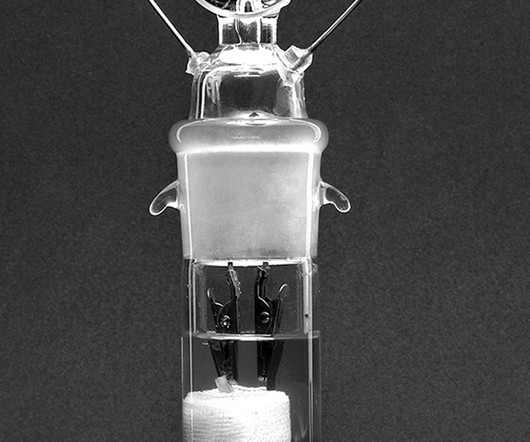
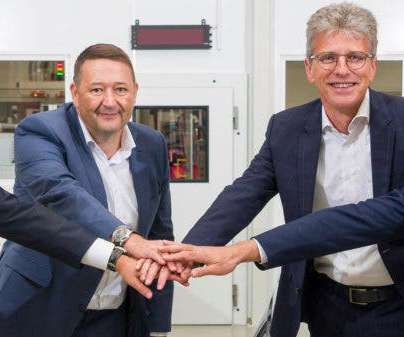










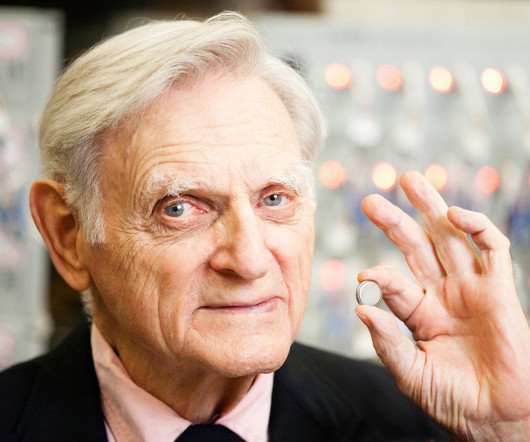








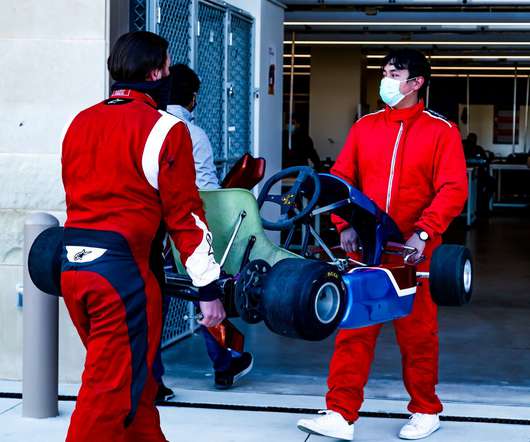
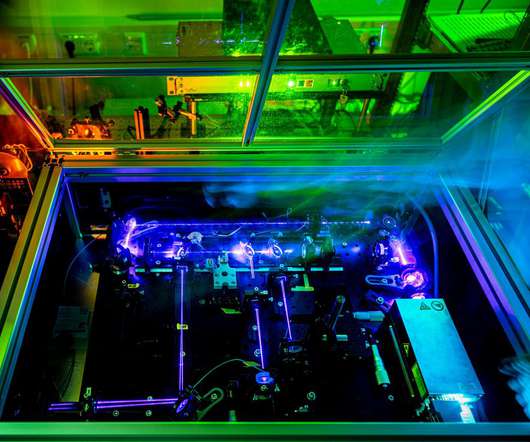














Let's personalize your content